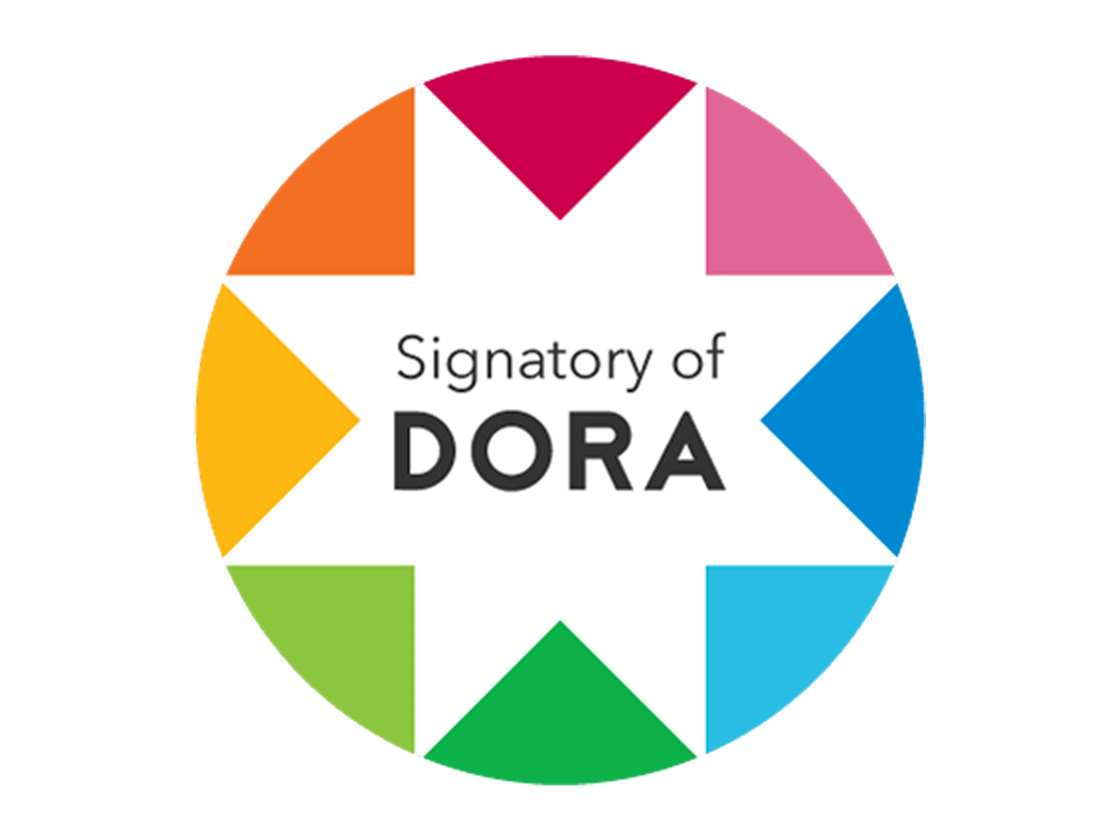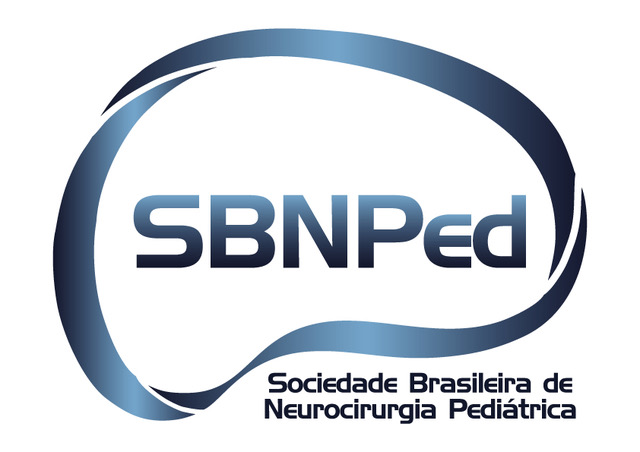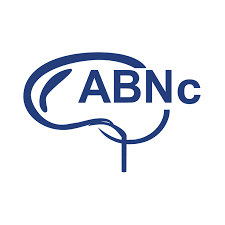Hydrocephalus – Focus Session
DOI:
https://doi.org/10.29327/apn.v2i1(January-April).27Keywords:
Pediatric neurosurgery, Hydrocephalus, Medical journalAbstract
Dear Reader,
You are receiving the second volume of Archives of Pediatric Neurosurgery. This is an electronic journal from the Brazilian Society of Pediatric Neurosurgery, which is published quarterly.
We are dedicating this volume to hydrocephalus-related topics. Hydrocephalus is one of the most important topics in pediatric neurosurgery and is related to up to 40% of the activities performed in many specialized services.
With its multiple etiologies and variety of proposed treatment modalities, this disease presents a huge challenge, and many questions have not been answered.
When focusing on fetal hydrocephalus, we still cannot determine which fetuses will benefit from treatment during the fetal period.
The answers are also unclear as to why surgery for myelomeningocele correction performed under 27 weeks of gestation decreases the prevalence of hydrocephalus.
What is the best treatment for intraventricular hemorrhage in premature infants: Brain Washing, external ventricular drainage, ventriculosubgaleal shunt, reservoir placement and repeated punctures or lumbar punctures?
Furthermore, what is the best treatment for hydrocephalus in cases of posterior fossa tumor: Placing an external ventricular drain and resecting the tumor, performing a third ventriculostomy or placing a ventriculoperitoneal shunt, considering that in cases of giant tumors in each of these situations, ascending herniations can occur? Of course, the procedure selected will be related to the dynamics, volume and expertise of the treatment center.
Regarding valves, we know that the number of
shunts implanted annually is enormous and that the market for valves is divided among several companies that manufacture these prostheses. Which valve is the best? An anti-gravitational one, a programmable one, one with an anti-siphon mechanism? Fixed-pressure valves, valves that produce fewer MRI artifacts, those that do not experience pressure changes due to MRI, or those impregnated with antibiotics?
How can a simple valve work as well as a valve with a complex system?
Why does a valve system cost $1,000 in one country but costs ten times more in another country? Why are some types of valves sold only in underdeveloped countries?
How can we avoid or minimize biological and mechanical complications after valve placement?
Even neuroendoscopic procedures that have been performed for more than 25 years in Brazil are not free of complications such as bleeding, infection and technical incapacity of the professional. Nevertheless, we believe that all services that treat children with hydrocephalus should be able to provide neuroendoscopic procedures, thus decreasing the number of shunts placed.
We hope that this volume can answer some of these questions.
I invite you to participate in Archives of Pediatric Neurosurgery by contributing scientific articles focusing on pediatric neurosurgery.
This volume was compiled during the coronavirus (COVID-19) pandemic. We hope that this disease will be controlled quickly, allowing us to return to our normal activities. We also hope that pregnant women will not transmit the disease to their fetuses, causing hydrocephalus, as was observed in the last Zika virus epidemic.
Sincerely,
Sergio Cavalheiro
Editor-in-chief, Archives of Pediatric Neurosurgery
Downloads
Downloads
Published
How to Cite
Issue
Section
Categories
License
Copyright (c) 2020 Sergio Cavalheiro

This work is licensed under a Creative Commons Attribution 4.0 International License.

When publishing in Archives of Pediatric Neurosurgery journal, authors retain the copyright of their article and agree to license their work using a Creative Commons Attribution 4.0 International Public License (CC BY 4.0), thereby accepting the terms and conditions of this license (https://creativecommons.org/licenses/by/4.0/legalcode).
The CC BY 4.0 license terms applies to both readers and the publisher and allows them to: share (copy and redistribute in any medium or format) and adapt (remix, transform, and build upon) the article for any purpose, even commercially, provided that appropriate credit is given to the authors and the journal in which the article was published.
Authors grant Archives of Pediatric Neurosurgery the right to first publish the article and identify itself as the original publisher. Under the terms of the CC BY 4.0 license, authors allow the journal to distribute the article in third party databases, as long as its original authors and citation details are identified.






























